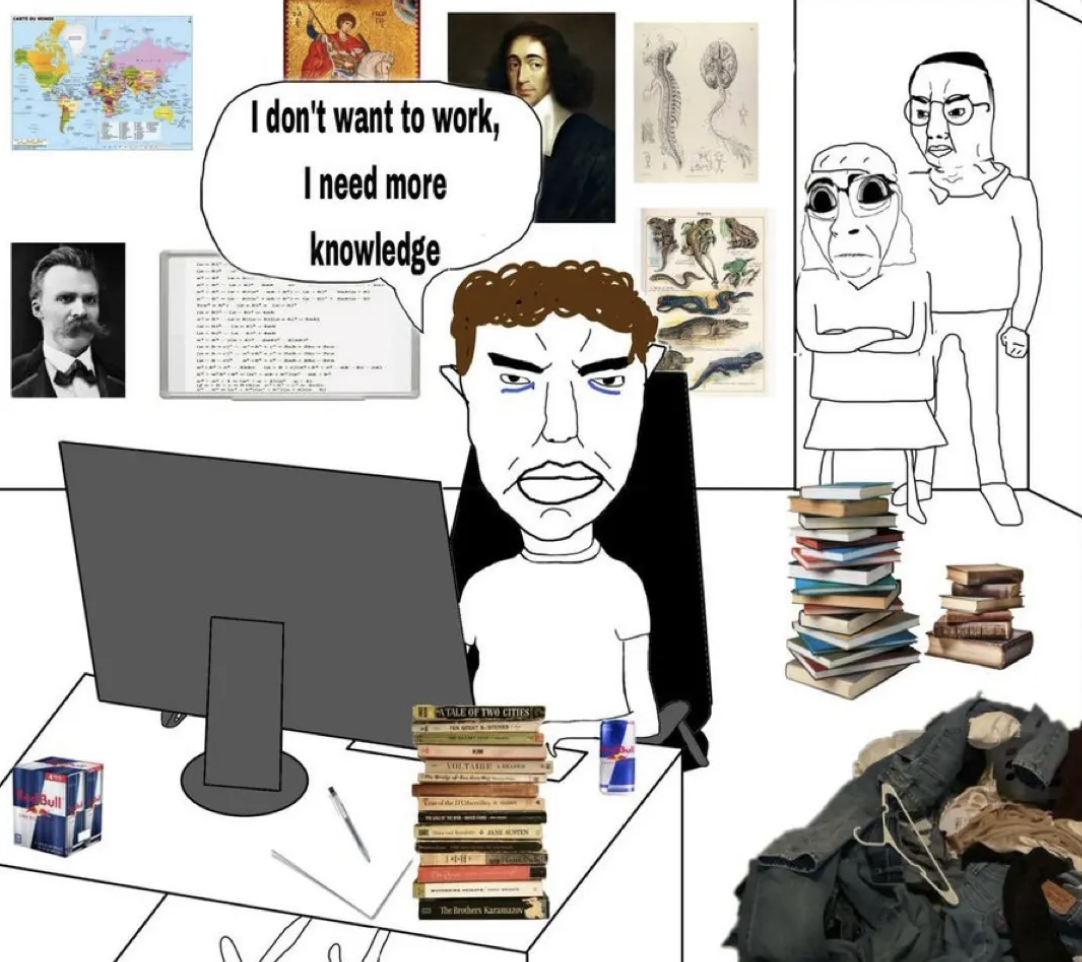In October 2020, we launched our first annual meeting: Now, New, Next. Through this virtual series, we worked through the growing complexities of a shifting world with musicians, founders, authors, and game-changers in all fields. Didn’t have a chance to attend? No problem. We’re rolling out the info here just for you. Today we’re chatting about how company culture affects productivity.
We’re living in the wake of the Great Resignation, in a new era of the hybrid workplace. Careers are mutable, work is flexible, and a lot flies while working from home. Rather than resisting, how can companies take this in stride and leverage organizational culture for high productivity?
Anne Raimondi and Rajiv Ayyangar are more than qualified to tackle this question. Raimondi is the COO at Asana—a work management platform—and also sits on the boards of Gusto, Patreon, and Guru. Ayyangar is CEO and Co-Founder of Tandem, “a virtual office for hybrid teams.” Both are well-versed in the exciting future of work and have deep insight on the relationship between organizational culture and productivity.
Highlights from their chat incoming.
The Root of Good Company Culture: Community
When Raimondi and Ayyangar synced, it was October of 2020. Nine months into remote work, Raimondi acknowledged that energy was flagging and morale was wilting on many teams. She asked Ayyangar how Tandem approached this issue as a company that provides space for teams to connect remotely.
“I think a big [theme] is thinking beyond just functional communication into more of the social spaces,” Ayyangar said. “How do we create those social spaces to talk?”
To develop these spaces, testing lots of ideas to see what sticks is critical. Anne Raimondi encouraged teams to exercise “an innovation and product mindset towards remote culture,” by asking:
- What’s important to us?
- What does our team value?
- How might we experiment and see the benefits of remote work?
There’s lots of creativity here. Workers are up for everything—from traditional team building activities, to virtual escape rooms, to rethinking the shape of everyday communication.
Tandem provides an easy place to explore all the options. Through the platform, teams can build rooms for specific activities. Throughout the pandemic, many teams have taken advantage of this feature to avoid stale remote company culture and build community. Examples include:
- A plank room for a 30-second break and core work in one
- Morning coffee rooms
- Rooms for hanging out before or after standup
- Happy hour rooms
- Rooms for shared music listening
Organizational Culture and Productivity: Bursts of Communication
Of course, employees don’t want to hang out in the plank room all day. There’s stuff to get done, growth to be made. While companies start making space for catching up in the remote workday, building effective procedures for work-related conversations remains important.
To make work-related conversations flow easily online, Ayyangar and the Tandem team focus on transparency and openness. The team aims to reproduce aspects of physical offices on the digital plane, Ayyangar said. In an office, coworkers can communicate in a variety of ways:
- Waves across the office
- Quick desk chats
- Impromptu meetings
- Whole office discussions
“A lot of these modes just disappear when you have this dichotomy of Slack and Zoom and scheduled meetings,” Ayyangar said. The flexibility vanishes.
He explained that—not only does this negatively impact company culture through lack of personal connection—but: “you lose creativity, you lose ideas that could have gathered steam and been grown. You lose a whole bunch of different conversations that maybe don't feel appropriate for a full meeting.”
Tandem fills the gap by providing an easy path to quick conversations with just one click to talk. This makes work more flexible for Ayyangar and his team. It also creates higher levels of team awareness, since it's easy to pull more members into meetings or just listen in.
“You see who else is talking. You're not wondering. You're not waiting on a link for somebody who may or may not be there. You have this awareness of your team,” Ayyangar said. “It's hard to describe the exact impact it has. It's just that when you don't have this awareness, you feel a little bit more blind and alone as to what's what's going on.”
Ayyangar encouraged other companies to consider implementing an open meeting policy, allowing anyone to listen in as long as it's not a one one one. Benefits include increased:
- Transparency
- Awareness
- Context across teams
How Company Culture Affects Productivity: Trust
“It struck me [that open meetings] can also foster a really high trust culture,” Raimondi told Ayyangar. “Nothing is being kept secret, [teams aren’t] planning something that they don't want somebody else to know about… it sort of assumes good intent from everyone.”
Raimandi explained that, at Guru (where she was CCO at the time of the recording) the leadership team holds open office hours. During these meetings, anyone is allowed to listen in. At first, team members felt a bit guilty about their so-called“lurking,” but Raimandi explained that those open meetings were some of the best conversations the team had, precisely because of their fluidity.
Ayyangar concurred on the note of trust. “One of our principles is just trust in teams and we build around that,” he said. “We're trying to build for maximum trust and transparency.”
How Company Culture Affects Productivity: Deep Focus
One huge benefit of a culture of trust is a work environment optimized for deep focus.
At Tandem, Ayyangar and coworkers realized that “high functioning teams have a lot of trust and build up social signals around when you interrupt somebody,” he said. In a physical office, visual input helps. Evidence of flow can look like:
- Headphones
- A black terminal screen for coding
- An expression of focus
Tandem’s team reproduces this through their platform, which shows what work apps users are active on. Integrations can also support an unspoken “do not disturb.” For instance, if Ayyangar sees that his co-founder, designer Bernat Fortet, is active in Figma and listening to his favorite work music, it’s clear that Fortet is in deep focus. Ayyangar will know not to disturb him.
Raimondi acknowledged that another solution to maintaining workflow amidst neverending pings and calls is designating “no-meeting days.” This is especially important for product development and engineering teams, who need individual focus to make forward progress. She asked Ayyangar how his teams and Tandem’s customers balanced individual work with team-based work.
“What we've seen internally and with our customers—and what the research shows—is that you benefit from having both… bursts of communication and then periods of focused independent work or deep work,” he said. “The optimal balance looks different for every team.”
After taking stock of your team’s focus needs, options for blocking appropriate time include:
- Getting clear on how your team will use do not disturb
- Setting up do not disturb hours
- Setting up do not disturb days
- Respecting virtual focus cues
Multiplayer Mode for High Productivity
As much as team company culture can affect productivity by encouraging individual flow, working together remains important.
The good news is that there is more than enough tech to support this. “I think one of the most interesting things to watch is the rise of multi-player [collaboration] apps,” Ayyangar said. Because connecting at work so often comes from getting in a collaborative flow. Fundamental locations for doing work—
- Spreadsheets
- Documents
- Code
—are now multiplayer. Even many video-editing and design apps have collaborative features.
Figma is a high-profile example, and its collaborative capabilities have a real impact. Ayyangar shouted out the virtual Silicon Valley that Worklife founder Brianne Kimmel and designer Fiona Carty made in Figma. “I had some of the most fun interactions there,” he said. “I randomly talked with the PM at Coda and… we use Coda and we had this great spontaneous interaction.”
Raimondi is with Ayyangar on loving multiplayer features. “It enables work to be more like play. Which opens up people's ability to collaborate, to be creative and, and for it to be energy generating.” This vision is in line with people wanting to bring their full selves to work.
“There's not really a separation zone much anymore between work and play and life,” Raimondi said. So there is lots of opportunity for work to feel like play, and for inclusion across the board.
The Future of Work
Two years out from the start of the pandemic, companies understand the impact of organizational culture on employee performance and productivity. In fact, many workers have engineered their work life for optimal productivity and family time.
“It's been fun to see people take the opportunity… to relocate for three months or six months and be closer to parents or siblings and still be very productive,” Raimondi said. “I think people aren't going to want to give that up once they've experienced it and see that they can have both the family connection and the work connection.”
However, this will look different at every org. Raimondi shared the inside scoop on what future configurations of work will look like at Asana, Gusto, and Patreon.
- Asana celebrates in-person collaboration. Ultimately, teams want to go back to offices.
- Gusto has had a home-based model for offices and is now exploring what it would look like to create a fourth, remote home base. How would they invest in this virtual space like they do a physical location?
- At Patreon “many of the employees are creators themselves,” Raimondi said. “They've actually been quite enjoying the flexibility of working from home and collaborating with their colleagues and continuing to foster their creative pursuits… The team is taking an opportunity to re-imagine what should be done in person.” They are discussing creating locations for creators and employees to put on concerts, record podcasts, or make other cool stuff happen.
For teams still figuring out what the future offices is at their company, Raimondi recommends asking employees:
- Who are we?
- What matters to us?
- How does that manifest in how people work?
The answers to these questions can guide decisions about hybrid, remote, and in-person work.
“The pull to come back to the office is real,” Ayyangar said. “I think it's because it's not really the pull to come back to the office; it's the pull to reconnect with the people that you work with, especially if you're lucky enough to have a team that has really high trust, high safety, and you just really love the collaboration.”
“It's the pull back to the humans, less the physical space,” Raimondi added.
This means ample room for creativity about what the future of work can look like.
Liked this? Also check out:
- Gen Z in the Workplace: How They Really Feel
- Why the Great Resignation is a Big Step Toward a Better Worklife
- Career Coaching Should Become a Standard Perk: Here’s Why
- The 24-Hour Work Cycle: Navigating Always on Culture






